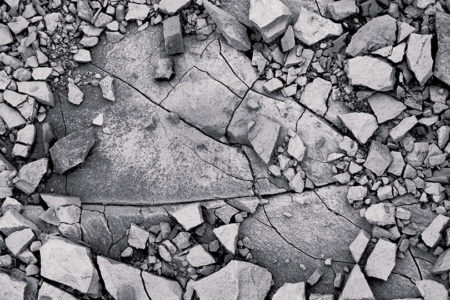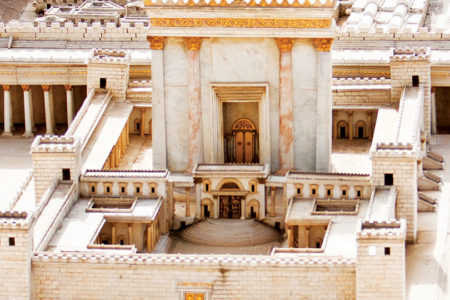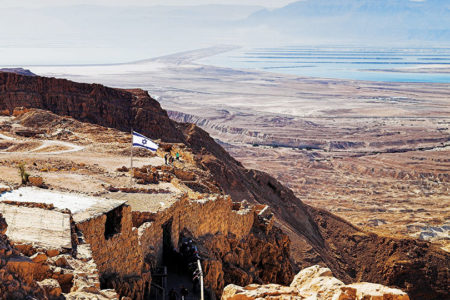Why the True Site of the Temple Is Important
Why is it so important to know exactly where the Jewish Temple stood? Would it not be easier simply to agree with people who claim the Temple was in the City of David and give the Muslims exclusive rights to the Temple Mount?
No.
Islam’s political and religious claim to Jerusalem is based in part on its denial that a Jewish Temple existed, at least on the Temple Mount. Outside support for this position only strengthens Islamic exclusivism and provokes greater conflict at the site. It is incorrect to contend that the controversy could be contained and prophecy fulfilled if the Temple site were located in the City of David.
The Palestinian Authority considers Jewish people in all of the city of Jerusalem as settlers and occupiers, but especially in the City of David, which it claims as an ancestral (Jebusite) home and adjacent to which lies the Palestinian village of Silwan.
The true site of the Temple possesses a sanctity no other place has ever had because it was where the Ark of the Covenant had been set, where the Shekinah (Divine Presence) descended and rested (1 Ki. 8:6–11), and from where it later departed (Ezek. 8:4; 11:23).
When Ezekiel’s prophecy of the Messianic Temple is fulfilled, the topography of the Temple Mount will radically change in elevation and proportion to the ancient site (40:2; 42:15–20; 48:8–35; cf. Isa. 2:2; Zech. 14:10).
For the prophecies of the Temple’s future restoration to be fulfilled, the structure must be built on the exact site it occupied in the past because God promises that the Shekinah will return to the rebuilt Temple in the same way it departed and to the same location from which it
departed (Ezek. 43:1–7).
Upon this fulfillment depend the full range of promises connected to end-times Jerusalem and its role in the Messiah’s coming Kingdom.
by Randall Price








